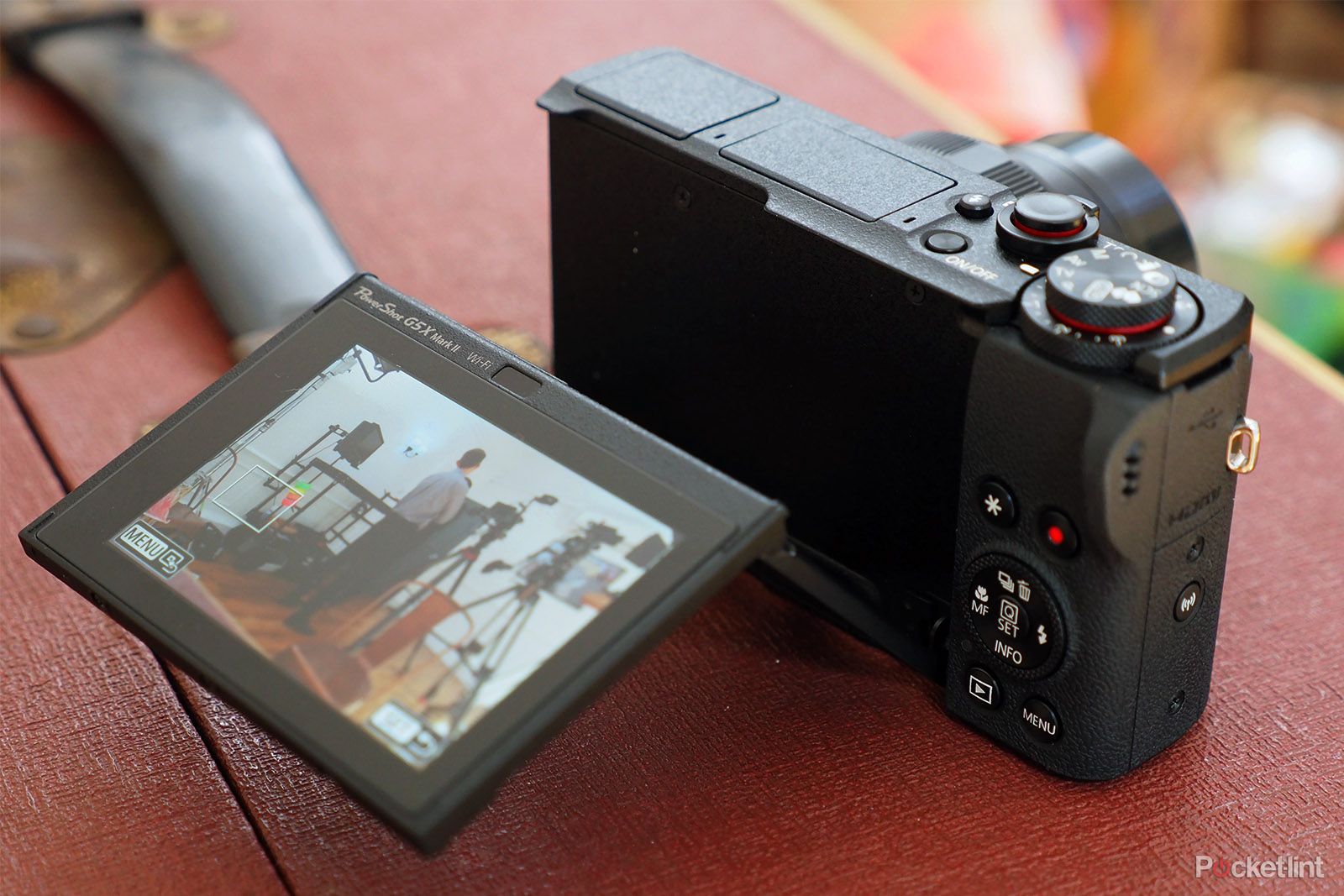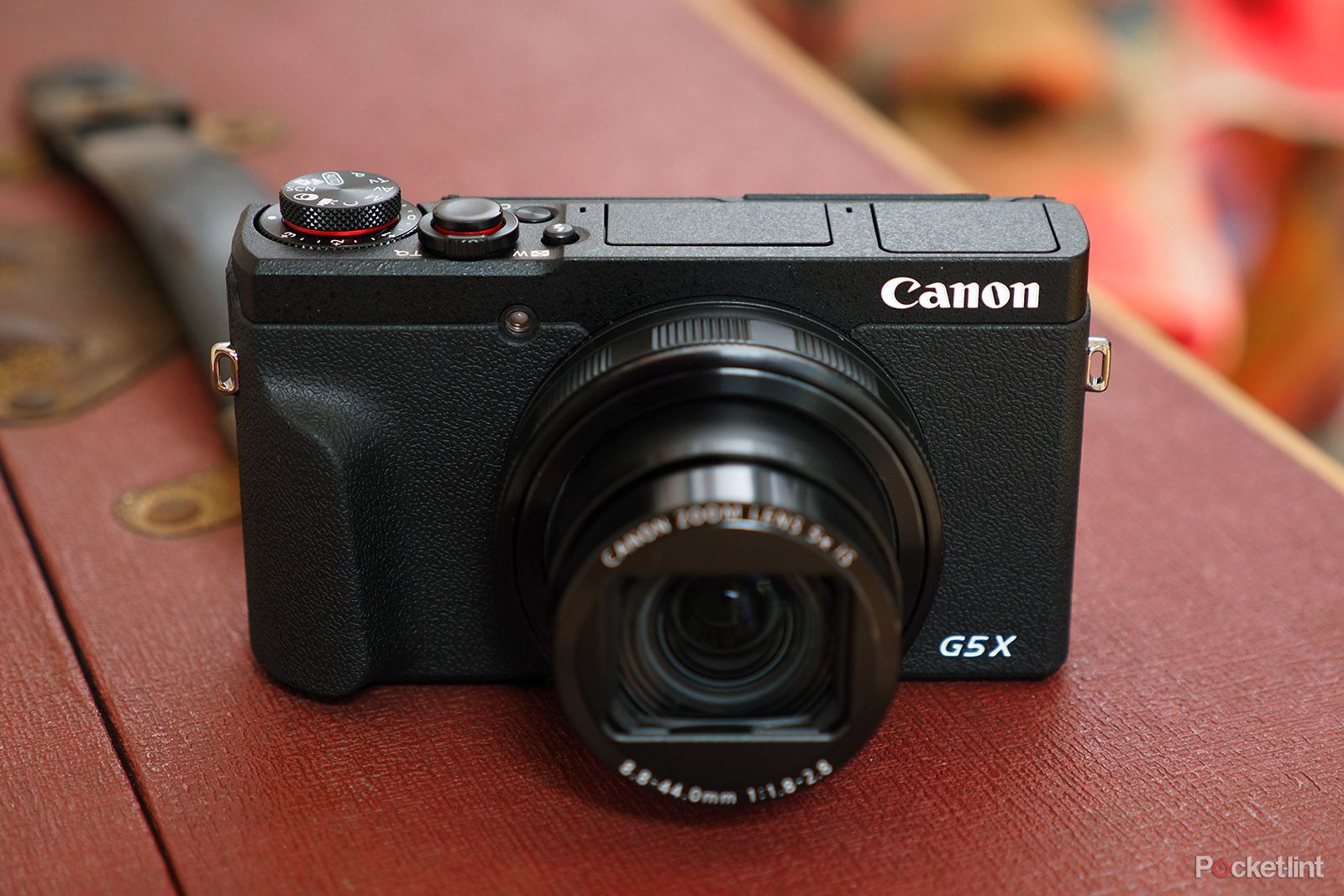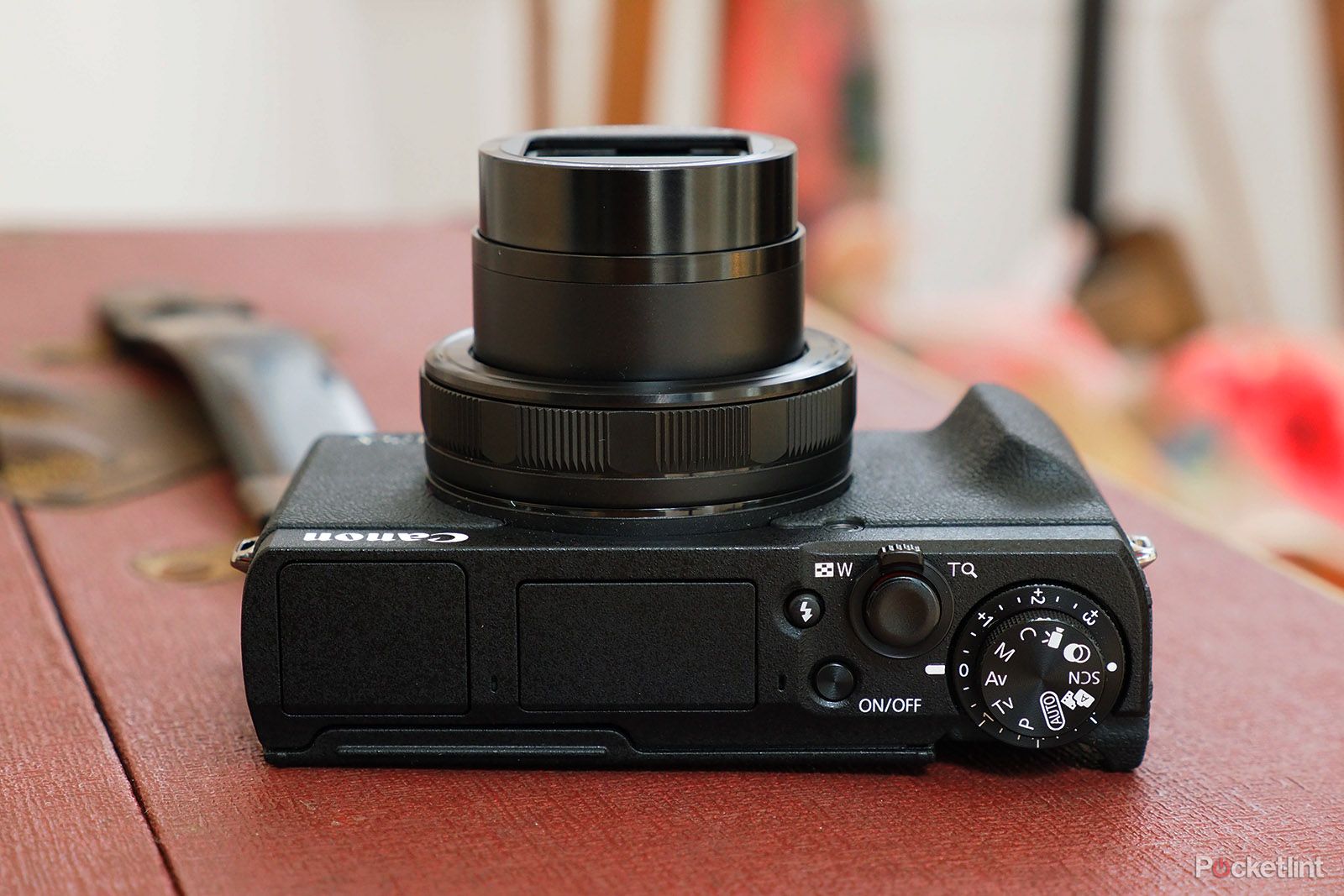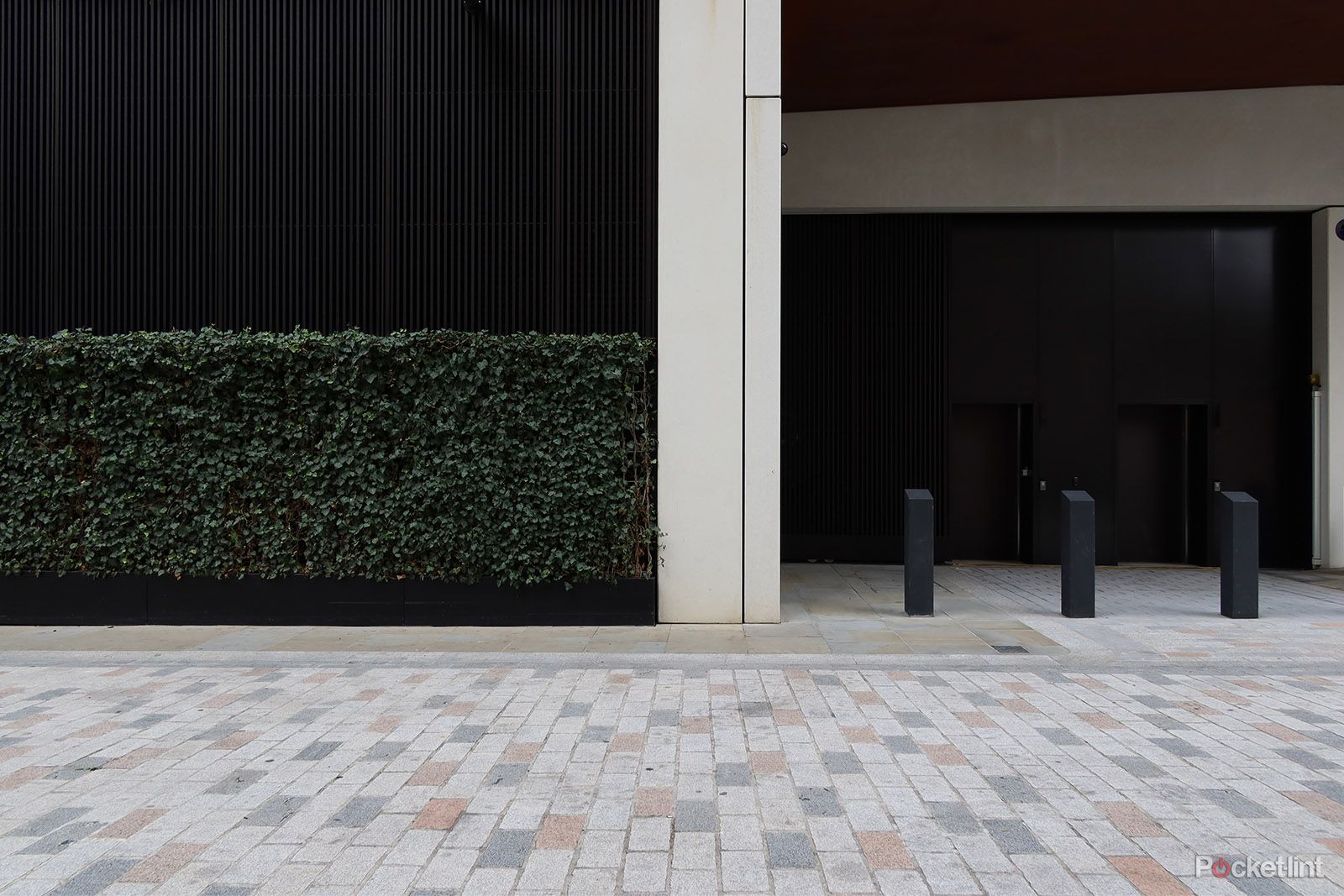Canon has got its sights set on the Sony RX100 series with its latest G5 X PowerShot series compact. The second-generation model features a longer zoom lens than its predecessor, along with a new pop-up viewfinder.
Interestingly this new-gen model is a smaller scale than the model it replaces. However, the G5 X II isn't quite as small as a Sony RX100 VI, but can its other features and new design see this 1-inch sensor compact succeed?
Our quick take
The Canon PowerShot G5 X II is no small reworking of the original model. Nope, this second-generation attempt has its sights clearly set on the Sony RX100 series, given its smaller scale and pop-up viewfinder design aspects. It's not as small as the Sony RX100 VI, mind, but it is cheaper by a few hundred pounds.
Canon shows off its power in terms of image quality, burst shooting, 4K video and other such features, but the autofocus - while fast - lacks the complexity of its competitors. The Sony RX100 VI, for example, has a hyper-fast tracking autofocus system, whereas the Canon relies on the long-in-the-tooth PowerShot setup. It's fine, it's fast, but it's more compact camera and less complex tool compared to where it could be.
Overall, the Mark II G5 X has reinvented the series' proposition, which is a strong move forward, but not really whipping the autofocus modes into the next-gen status, and some detail lacking when at full extension are its drawbacks. That said, its £850 asking price is some £300 less than the Sony RX100 VI - so it's really a choice of what matters to you most. Canon has brought the fight to Sony.
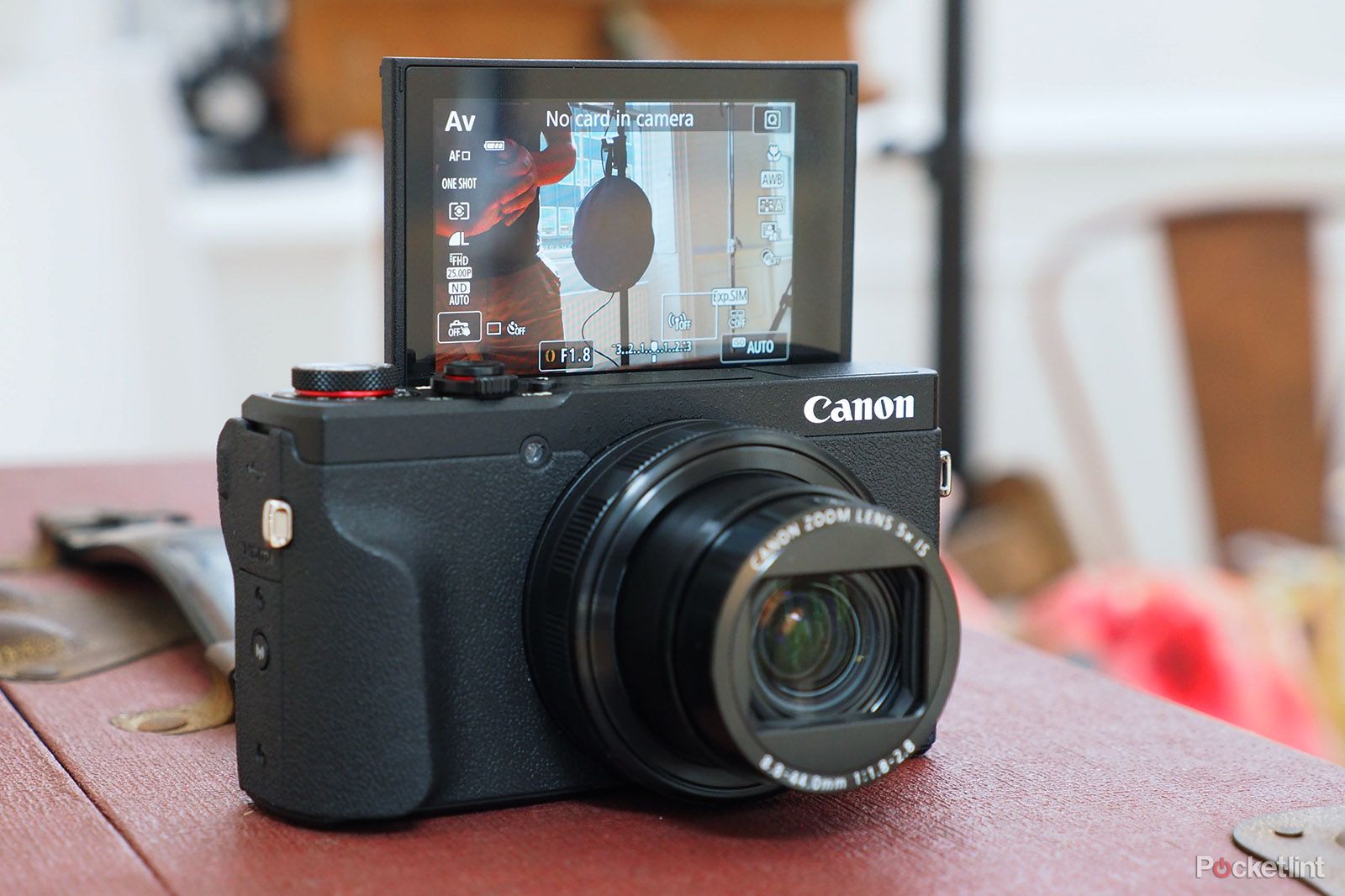
Canon PowerShot G5 X II - 4.0 / 5
| FOR | AGAINST |
|---|---|
|
|
Canon PowerShot G5 X Mark II
G5 X 2: What's new?
- 24-120mm f/1.8-2.8 lens (5x rather than 4.2x of predecessor)
- Smaller scale design than predecessor
- Tilt-angle, not vari-angle LCD
- Pop-up viewfinder introduced
- EOS-like menu system
To look at the G5 X Mark II is nothing like the original model. It's a lot smaller, having lost the permanent viewfinder fixture. The camera still has a viewfinder, it's just hidden away within the body - and pops-up on command when hitting a trigger to the side of the camera, while the element has to be manually pulled into position for completion.
Hiding the finder has made the camera smaller overall, but so have other design decisions: the LCD screen, for example, is now a tilt-angle design, not on-a-hinge vari-angle like the previous model. Although this means the screen in the Mark II can't be folded inwards for protection, the 180-degree upwards (and indeed forward for selfies) and 45-degrees downwards tilt will be plenty enough for most.
Canon has also updated the sensor in the Mark II model, using a stacked sensor design for cleaner signal and purportedly better image quality, while tweaking the lens from a 4.2x to a 5x optic - which is capable of extending from 24mm f/1.8 through to 120mm f/2.8 at its maximum zoom.
Overall, then, the Mark II is a very different camera. It's also a lot pricier than the original, at £850, but then the top-end Sony RX100 is over a grand. So Canon is being rather clever here with its selective price point.
G5X II: Design & Performance
- 24-120mm f/1.8-2.8 lens with physical rotating control ring
- 0.39-inch 2.39m-dot OLED electronic viewfinder (pops-up)
- 20fps burst shooting (30fps to 70 frames in CR3 format)
- 3.2-inch tilt-angle LCD touchscreen to rear
- USB-C charging option (charger included)
- Built-in neutral density filter (3 stops)
- Bluetooth & Wi-Fi
The move to make the G5 X a smaller model than before is savvy. After all, this kind of camera is likely to be a smaller, more portable compact camera for Canon's EOS users. The company seems to know this too, with the G5 X II's menu system now mimicking the EOS DSLR system setup, making navigation easy - if you're already familiar, anyway, but it's not too tricky to get to grips with.
Despite being a smaller camera overall - although not thinner, based on our observations - the Mark II introduces a slightly longer lens. This new 24-120mm optic can capture from f/1.8 at the wide-angle and this drops to a still impressive f/2.8 by the longest end of the zoom, ensuring lots of aperture control and plenty of light can enter the camera for best possible quality and depth of field control.
There's even a physical, clicky ring around the lens - although it feels a bit plasticky, it's rather satisfying and easy to use - which can be used to control any given feature, from aperture, to ISO, to shutter speed, and so forth. Sometimes it's a bit too easy to knock this ring and make an adjustment without realising, however, as it's not the tightest of fits.
The physical controls don't end there, though, with a stacked dials setup providing an exposure compensation adjustment, which we've found really useful. We always use Exp Comp when shooting and when scouting out 5G throughout London on Vodafone's new network, we used the G5 X II as our main camera for the day - snapping a solid lead image with great depth for that piece, which also required a -0.7EV adjustment, done on the fly.
To the rear the LCD screen isn't as versatile as the original camera's was, as the mechanism doesn't rotate as freely, but with 180-degree up and 45-degrees of movement down it's got most bases covered. It's designed to be really easily pulled away from the camera too, by slipping a thumb over the notch on the top of the screen's surround. Ultimately, this screen 'sacrifice' is in order to maintain a smaller camera design, so it makes sense.
We've found bringing it up 90-degrees level has been really handy for squaring-up shots to look their best. Plus the new design of a sort-of 'lip' to the top of the screen edge makes it super easy to pull away - that part is really well thought out.
The viewfinder implementation is where this Canon goes gunning for Sony. The Mark II's finder pops-up, but you'll then have to pull the rear element into place manually, just as you do with Sony's cameras.
It doesn't look the prettiest when it's out, but this is besides the point: Canon has managed to squeeze the same finder smarts from the original model into this pop-up finder. All that exterior portion of before now lives on the inside of the camera. Impressive, eh? It's an OLED panel with ample resolution and refresh and works rather well - it's been especially useful to judge exposures in bright conditions, which isn't easy to do on a screen.
When it comes to autofocus, however, Canon has maintained this PowerShot's rather simplistic overview: there's a 'spot' point (well, it's a small focus area, not spot really) or larger autofocus area. It's a bit over-generalised and lacks the kind of depth and detail that its competitors offer with pinpoint modes, multitude of customisable point sizes, and even more complex tracking. This is Canon's downfall, really: the autofocus might be fast, but it's just not detailed enough for what advanced users are likely to want.
We've long moaned about this setup too. In a £850 camera the autofocus system should, just like the menu system, be approaching EOS standards. We're not saying it should do away with point-and-shoot mentality, that should still be there, but Canon could easily make a more advanced system in a camera such as this. Sony managed it, which is one area it's far stronger in by comparison.
G5X Mark II: Image Quality
- New 20.1MP 1-inch CMOS sensor
- Stacked construction, not BSI
- ISO 125 to 12,800 standard
- Digic 8 processor
- 4K to 30fps
Under the hood the G5 X features an all new 1-inch CMOS sensor with a stacked design. This isn't back-side illuminated (BSI), it's a step up from that, if you will, with a new construction that keeps all the components out of the way of the photo diodes for an even cleaner signal. That, theoretically, means a cleaner final image with less image noise.
The Mark II model doesn't up the resolution compared to its predecessor, see, it's sat in that 20-megapixel sweetspot and isn't playing the megapixel race - which we think can only be a good thing in a camera such as this.
There are some obvious benefits to a 1-inch sensor too. First, there's depth of field. With that f/1.8 aperture it's possible to focus on some close-up subjects, or when fully zoomed in (admittedly then at f/2.8), to achieve that melty background look. We shot some paint-covered cloths in our first session with the camera to get a good example of this - although the autofocus changed its mind with where to focus each time, which, as we said above, is the one area where this Canon could be improved.
Quality, however, is decent. Even at ISO 800 the hair strands from the cloth are clearly visible and image noise isn't a prevalent issue. Crank up the sensitivity to ISO 6400 - as we did with some paint tubes, see above in scrollable gallery - and the quality still impresses, with full detail of words clearly spelled out and only some slight grain in shadow areas. From a 1-inch sensor this is impressive stuff.
The sensitivity can be cranked to ISO 6400, which we pushed the camera to (it doesn't go beyond ISO 1600 by default) when shooting a sculpture at the Barbican Centre. Look up close and it's clear to see some grain in this shot, but it shows that Canon isn't dramatically processing away image noise and is leaving detail present - it's a quality that you just won't get from phone cameras or cameras with smaller sensors.
However, we do find the new lens isn't the absolute sharpest when it's pushed to its full extension (there's a digital zoom, too, but we've ignored that extra). With the 5x at maximum, shooting statues in central London as one example, and there's just not the same degree of 'bite' that you can find from some other high-end cameras.
Also in a world where high dynamic range (HDR) is becoming ever more prevalent, this seems to lack in Canon's processing. Skies blow out as one example - and often they won't in phone camera shots these days, such is the significant processing - because Canon likes to honour traditional photography, really, but not everyone is going to think that's the best result to have for every shot.
Canon has also upped the video capture prowess, with 4K UHD capture available at up to 30fps. Or you can shoot Full HD (1080p) at up to 100/120fps for half-time slow-motion editing. So that's a positive.
Canon PowerShot G5 X Mark II
To recap
A reinvention of the series, with its eyes firmly set on the prize: take-on the Sony RX100. In many respects the Canon succeeds, with a robust feature set and decent image quality in this newly designed form. However, its fairly simplistic autofocus system isn't the best going.

